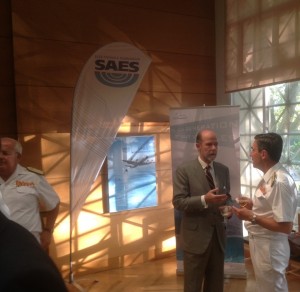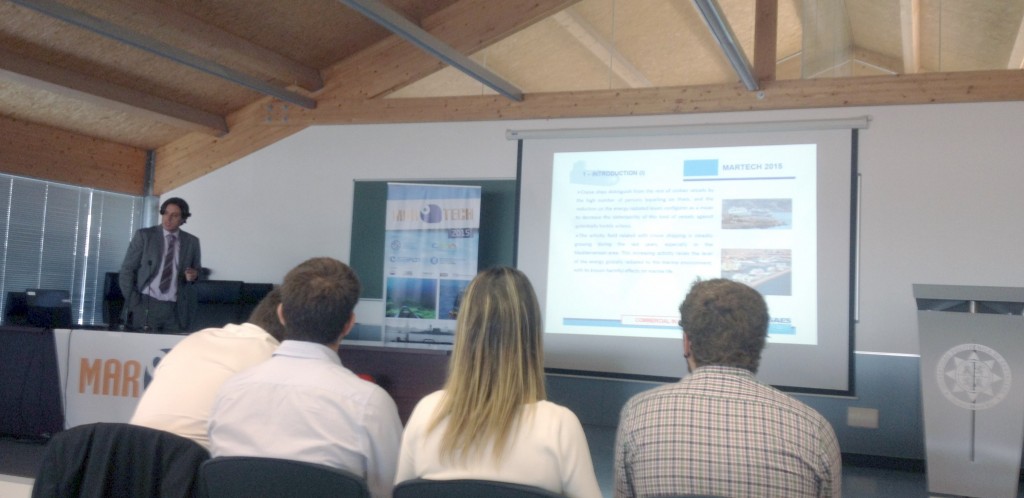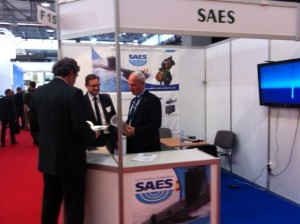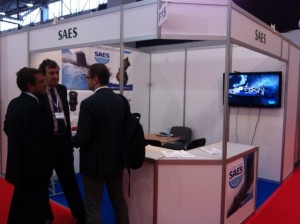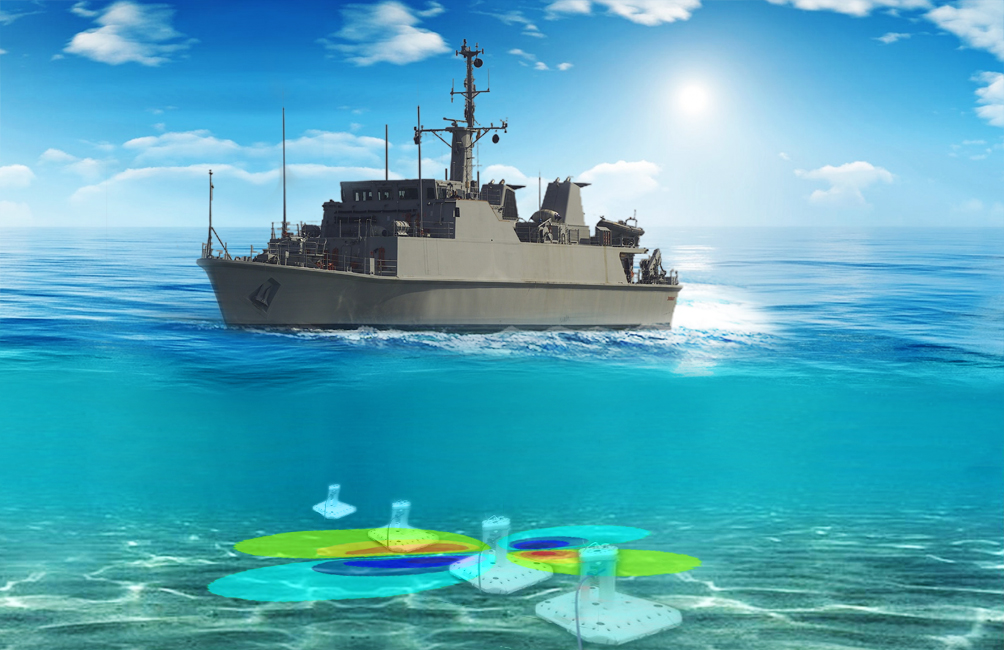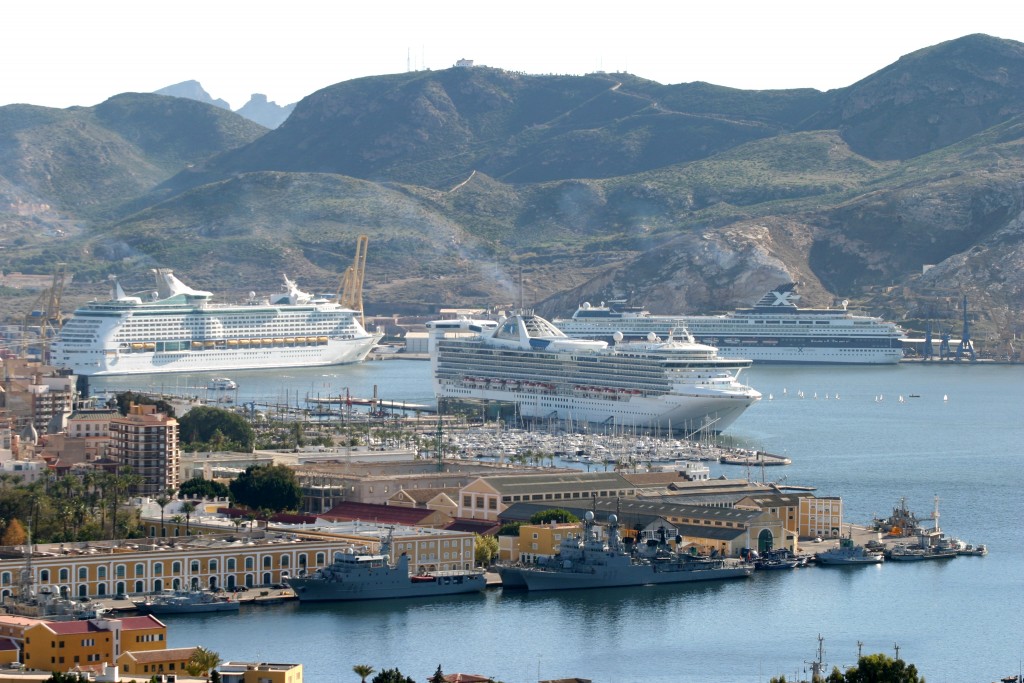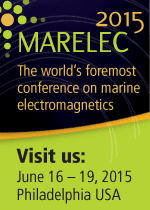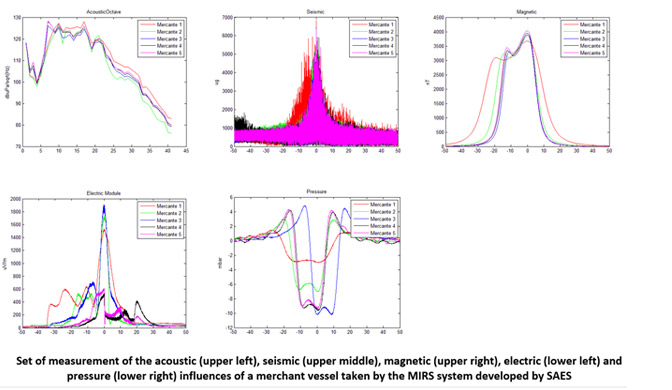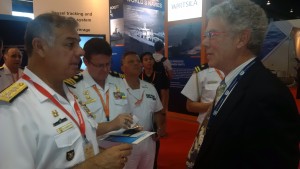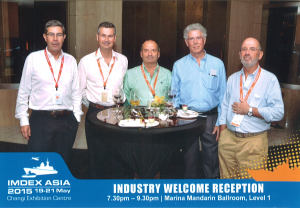The findings show a significant increase in noise in the summer season and on the morning, coinciding with increased activity in the port environment.
SAES has presented its latest study on noise pollution in the marine environment in the Spanish Congress of Acoustics «TecniAcústica 2015″ held in Valencia and organized by the Spanish Association of Acoustics (SAE). The study, entitled Caracterización y patrones de evolución del ruido medioambiental submarino en un entorno de aguas poco profundas en el Mar Mediterráneo” (“Characterization and patterns of evolution of the underwater environmental noise in shallow waters at the Mediterranean Sea»), has been realized from the measurement of underwater ambient noise for a year on the coast of Cartagena and which has been analyzed to search daily and seasonal patterns of variation of the noise.
The increasing human activity in the marine environment is entailing a continuous growth in its acoustic ambient noise levels, which affects to the marine fauna wellbeing. In order to try to mitigate these effects, the nations are developing normative, as the Marine Strategy Framework Directive (MSFD) promulgated by the European Union (EU), aimed to achieve the Good Environmental Status (GES) of the EU’s marine water by 2020. Additionally, several organizations are working to establish measurement methodologies and standards that allow to regulate the underwater noise emissions.
To assess the extent to which the BEA is being achieved, the european directive establishes a set of qualitative descriptors; the number 11 refers specifically to the introduction of energy in the marine environment and includes the underwater noise, for which in turn two indicators, corresponding to impulsive sounds and continuous low-frequency, have been defined to monitoring them.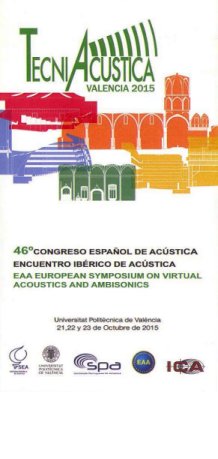
Based on the above, the study aims to: the analysis, based on a set of acoustic parameters selected, of the acoustic measurements of surface ships and ambient noise for characterization, in order to raise awareness on their use, domain of applicability and operation of the information provided, as well as the analysis of the evolution of ambient noise levels in a particularly noisy marine area in the vicinity of a commercial port and focused both on the impulsive noise and on the continuous low frequency noise, following the guidelines of the descriptor 11 of the Marine Strategy Framework Directive.
The analysis of the measures that have been obtained by the MIRS system manufactured by SAES and capable of recording and analyzing the underwater multi-influences: acoustic, electric, magnetic, seismic and pressure, leads the conclusion that the noise levels suffer significant changes according to season and time of day, being increased at the periods of increased port activity, and reaching high levels that could represent a risk for the marine fauna in the study area. These findings add to a series of studies, activities and national and international projects in which SAES participates, with the aim to further the development of standards to meet the preservation of the marine environment.
You can download the complete study on the link below:



